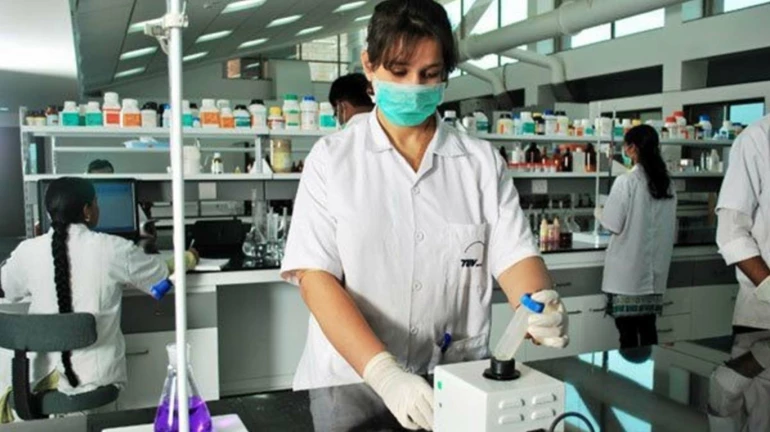
Amid a significant rise in the chikungunya cases in Mumbai and Pune, the state health department has formed a task force to investigate and determine whether a new variant is responsible for the unusual symptoms.
As per reports, Mumbai reported 78 chikungunya cases in the first 15 days of September, compared with 31 for the entire month last year. In Greater Mumbai, too, chikungunya cases have risen from double digits to 256 till September 7. Pune has recorded 139 cases in September alone, with much of the data coming from private hospitals, where diagnostic costs are high.
The state has also set up a rapid action team to study the causes for the increase in chikungunya cases from 1,702 cases in 2023 to 2,643 in 2024 so far.
Considering over 50% rise in chikungunya viral fever cases this year compared to last year, the health department has decided to conduct genomic sequencing of some positive samples to check for any genetic mutation in the virus.
The rapid action team, which met for the first time a few days ago, has issued guidelines for civic and taluka-level officials regarding samples to be sent to both the National Institute of Virology and B J Medical College in Pune for further analysis.
As per the guidelines, two blood samples of patients who show neurological symptoms such as paralysis and hyperpigmentation (black spots on the skin, especially around the mouth or nose) should be collected and sent to the Pune institutes. The aim is to look for any other neurotropic virus in the chikungunya patient and to conduct genomic sequencing.
The health department on Tuesday, September 24, clarified that reports of new symptoms, such as neurological issues (swelling in the brain or heart tissues), paralysis, and hyperpigmentation—dark patches on the face and nose—are not unprecedented but are extremely rare.
These symptoms have been observed in the past, especially in patients co-infected with other illnesses like dengue, Zika, or Japanese encephalitis.





